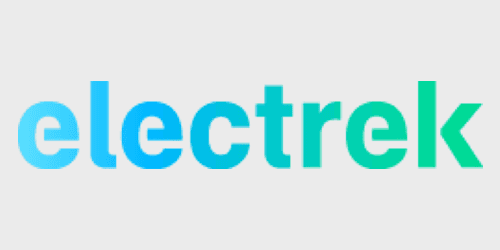Part of solar power’s allure is the ease with which one can get electricity out of ‘simple’ hardware in very complex moments. In southeast Asia, Africa, the Middle East and the Caribbean we’re seeing solar power – right now – offering huge services to people in trying times.
In Myanmar, fleeing Rohingya are carrying one key asset: solar panels. Over 600,000 Rohingya Muslims have fled on foot from Myanmar to Bangladesh due to religious persecution. The trip, which lasts 5 to 15 days on rugged terrain, was complicated by Myanmar’s military patrols.
Ayatullah, an 18-year-old refugee from Myanmar’s Mongdu township explained why he took only clothing and a solar panel:
This solar panel saved my life. They were killing everyone they came across. We had to depend on information from our people about the safe route, and a mobile phone was needed for that. This solar panel helped us to charge the mobile phone. I thought even if I could not take anything, I must take the solar panel.
The panels are about the size of a laptop and come with a battery and a small light. Refugees said that a 20 watt solar panel kit in Myanmar – about $15 – was about 1/10th the what the cost was in Bangladesh. The cost differential was said to be a clear motivation to carry the panel versus getting a new one upon arrival.

Multiple refugee camps managed by the United Nations have installed larger sized solar installations to take care of longer term populations.
Jordan recently completed installation of the largest solar plant at a refugee camp – a 12.9MW plant at the Zaatari refugee camp. The project, on the border of Syria and Jordan, was funded by the German government and saves the United Nation Refugee Agency $5.5 million a year. The camp of 80,000 Syrians will get electricity from the solar panels for up to 14 hours a day.
A camp in Dadaab, Kenya has installed 278 solar panels that are being used to pump 280,000 liters of water per day.

We’ve seen hurricanes cause major complexities in North America. When hurricanes hit Florida and Texas, the utilities were able to react quickly. However, Puerto Rico has not fared so well – and again – solar power has stepped up.
Flexible solar panels have been deployed to help clean water. This kit, including the panels above manufactured by Global Solar in Arizona, is priced at $30,000. The unit suggests it can serve up to 600 people with 850 gallons a day.
Tesla has also been busy in Puerto Rico – but instead has focused on getting facilities up and running by combining solar power with Tesla’s energy storage solutions in creative solutions. Below you see solar panels lain on the ground and Powerpacks deployed on trailers.
The company also has further contracts with Puerto Rican government officials to deploy many more systems in critical locations.
Electrek’s Take
The purpose of writing this article is to show how solar power is having an affect on more than just western lifestyles and upgrades to our homes, but that its importance has grown in far more areas.
Before we even consider the climate benefit in lowering the amounts of CO2 being produced, or the health benefits in that we’re not putting things in the air that we later breathe in, or the economic benefits in that the price of energy is coming down – we have the security benefit being delivered to these high risk groups.
That’s a thing to be thankful for this holiday season.
Considering residential solar? Understand Solar will connect you with local contractors, or send me a tweet to discuss a few details – but even better: allow me to give you a professional residential consultation so you make a confident decision.
For more electric vehicle, autonomous transport and clean technology news, make sure to follow us on Twitter, Newsletter, RSS or Facebook to get our latest articles.
FTC: We use income earning auto affiliate links. More.




Comments